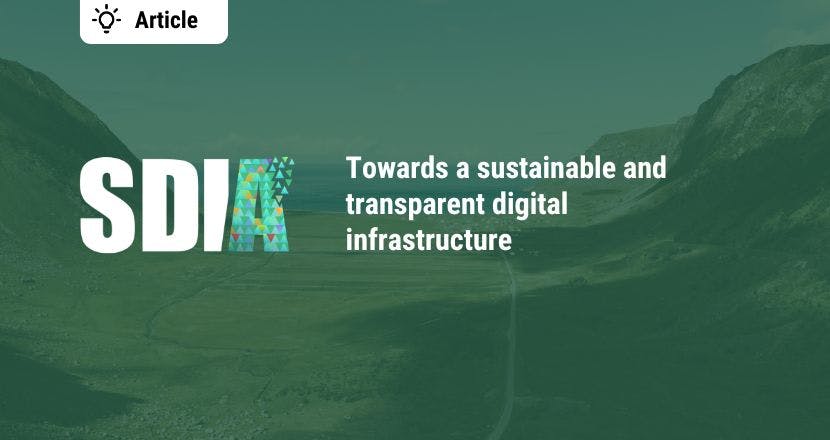Why PPAs don’t make data centers more sustainable
PPAs (Power Purchase Contracts) are all the rage these days, especially for larger data center, cloud and colocation operators who have the credit ratings to be able to purchase PPAs. But there are some misconceptions on how PPAs work and why companies are purchasing them. The majority of companies buy them to reduce the cost of electricity for their business, essentially making a simple economic decision, and thereafter marketing that decision using a sustainability narrative.
What is a PPA?
Simply put, it is a power contract that buys the entire or partial output of a power plant, often from wind farms, solar parks, or other types of renewable energy generators. The power output is purchased virtually — meaning there is no physical cable directly between a data center facility and the power plant to transfer the electricity.
Simple PPAs have a fixed price over a long period of time (e.g. 10 or 15 years) and they are used to help finance the construction of a renewable energy system (e.g. Google buying the output of an entire wind farm for 15 years at a fixed price is enough to meet the Return on Investment (ROI) requirements of the asset).
Now of course if a price is fixed for 15 years, firstly, a business will receive a discount for its long commitment. Second, in a market in which everything is being electrified (e.g. electric cars), the demand for electricity is increasing, thus the price of electricity is likely going to increase — hence fixing the price is a good idea. Third, the price of generating wind power, for example, is much lower than coal or gas, due to the subsidies applied to it.
The result in this example is a very attractive power purchasing contract that provides a business with long-term price security, and a lower cost per kWh for the main commodity that a data center business requires: power.
Economically a good idea, but not fair
From an economic perspective this makes sense, however, it has a limitation — in order to purchase a 20 MWh Baseload PPA with a fixed price over 15 years at, say, 50 EUR per MWh, a business would need to have enough credit-capacity for 130M EUR worth of contract value. This limits the amount of data center facilities or cloud operators that have access to this kind of power contract.
Currently, that does not make the PPA market very accessible, however, it looks like there is policy in the making to address this challenge (EU).
It’s neither greener nor more sustainable
There is a lot of marketing around PPAs and how companies by purchasing them, are increasingly green and better than others. But technically, these power contracts are no different from existing green power contracts. The only difference is that these purchase agreements help finance new renewable energy, which is great, but only because there is an economic reward for doing so (lower power costs). It’s unlikely people would buy PPAs if the costs were 20-30% above the market price for electricity. Google says as much in a RE-Source 2021 panel session discussing future solutions for companies that want to maximize the impact of their renewable electricity purchases, referenced below.
.png?ixlib=gatsbyFP&auto=compress%2Cformat&fit=max&w=1280&h=720)
.jpg?ixlib=gatsbyFP&auto=compress%2Cformat&fit=max&rect=0%2C44%2C600%2C800&w=600&h=800)


%20(5).png?ixlib=gatsbyFP&auto=compress%2Cformat&fit=max&w=1280&h=720)
